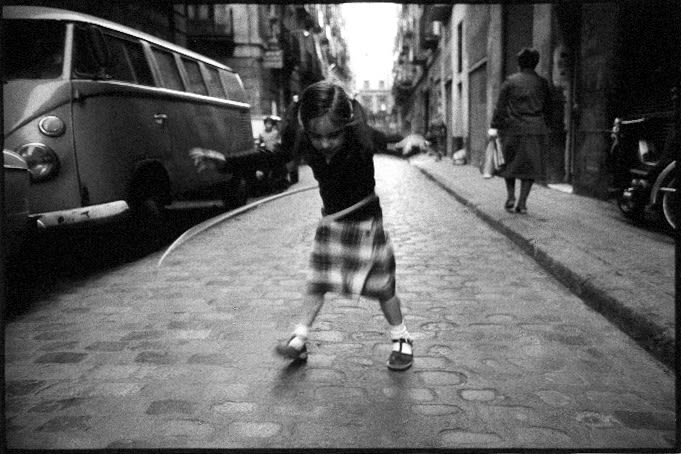Stojan Kerbler
ABOUT THE SERIES
Stojan Kerbler is the first photographer to have received the prestigious Prešeren Award for life achievement, the most important national award for art in Slovenia. The well-earned award is dedicated to his artistic practice in the field of photography, which has been awarded domestically and internationally throughout his 60-year career. He received the Golden bird award already in 1971, earned the Prešeren foundation award in 1979, received the award of the president of Slovenia for outstanding achievement in the field of artistic photography. His photographs can be found in museum collections all over the world, housed by museums in Charleroi, Paris, Belgrade, Vienna, and Rochester. In Slovenia, Kerbler has been represented by Galerija Fotografija practically since its formation.
Originally from Ptujska gora, he became recognizable for his intimate portraits of Haloze, where he was documenting the passing of time and the frugal lives of farmers. But in doing so he was not simply a documentary photographer – his extraordinary talent for capturing moments of grace, humour or pain shows a high sensibility for human emotion, which raises his practice to an artistic level. In the everyday motifs of rural life, he managed to capture something beyond the visual, which is deeper, more human, ontological. “Kerbler unpretentiously, with his modesty, love and responsibility to his fellow human being, raised the bar for pure black-and-white analogue photography, and established a reference frame of humanist photographic sensibility and aesthetic for future generations. His modus of being, feeling ,observing, retaining the human dignity and seeing and documenting without unnecessary moralising, is unique and difficult to attain”, wrote photographer Boris Gaberščik, himself an associate of Galerija Fotografija, in his explanation of the award.
His black-and-white photographs are not only artistic but carry enormous ethnographic value. They are a document of the rural people of the sixties and seventies when Yugoslavia was emphasizing its industrialisation and development. In contrast, agrarian areas of Haloze and Kozjansko were subject to poverty and famine, yet full of tradition and old customs, now preserved in Kerbler’s photographic material. His photographs are all the more interesting because he doesn’t depict people from the outside, as a foreigner observing with sociological interest. Quite the opposite – he is one of the subjects, depicting his own people and customs, which is why his works are even more filled with empathy and sensitivity.


